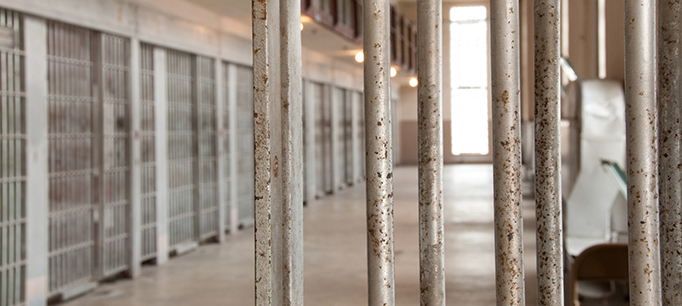California embarked on a major public safety reform in 2011, when it shifted responsibility for lower-level felony offenders from the state to the counties. Prompted by a federal court order to reduce prison overcrowding, this realignment resulted in a dramatic drop in the prison population and a decline in overall incarceration levels. A related goal was to reduce the state’s persistently high recidivism rates. Has it worked it out that way?
A new PPIC report looking at the first two years of realignment finds that it has had a modest effect on recidivism, which has varied across counties and groups of offenders. The report is based on data from 12 counties that are representative of the state. It examines recidivism through two measures—rearrest and reconviction rates—for offenders affected by the change. Mia Bird, report coauthor presented the results at a Sacramento briefing last week.
Bird outlined several key findings, including:
- Slightly higher recidivism rates among individuals on post-release community supervision (PRCS). These offenders were released from state prison after serving time for certain low-level felonies and then supervised by county probation agencies. Higher rates of recidivism in some counties—notably Los Angeles County, the largest—are a major factor.
- No consistent effect on recidivism among individuals sentenced under section 1170(h) of the California Penal Code. These offenders were sentenced for a specific set of lower-level felonies and, under realignment, served time in county jail rather than state prison.
- Lower recidivism among 1170(h) offenders who received “straight sentences”—but mixed results among those with “split sentences.” The group serving “straight sentences”—jail time only—had the best outcomes: the same two-year rearrest rates and two-year reconviction rates that are lower. Those who got “split sentences”—jail time followed by probation supervision—had higher rates of rearrest but lower rates of reconviction compared with similar individuals before realignment.
Bird said she expects these results to vary over time as the composition of offenders changes and counties gain experience with evidence-based practices to reduce recidivism. In addition, further study is needed of the higher recidivism rates for groups that are supervised after their release. It could be that more individuals are reoffending—or it could be that their misconduct is more likely to be detected because they are being monitored more closely under probation supervision, Bird said.


